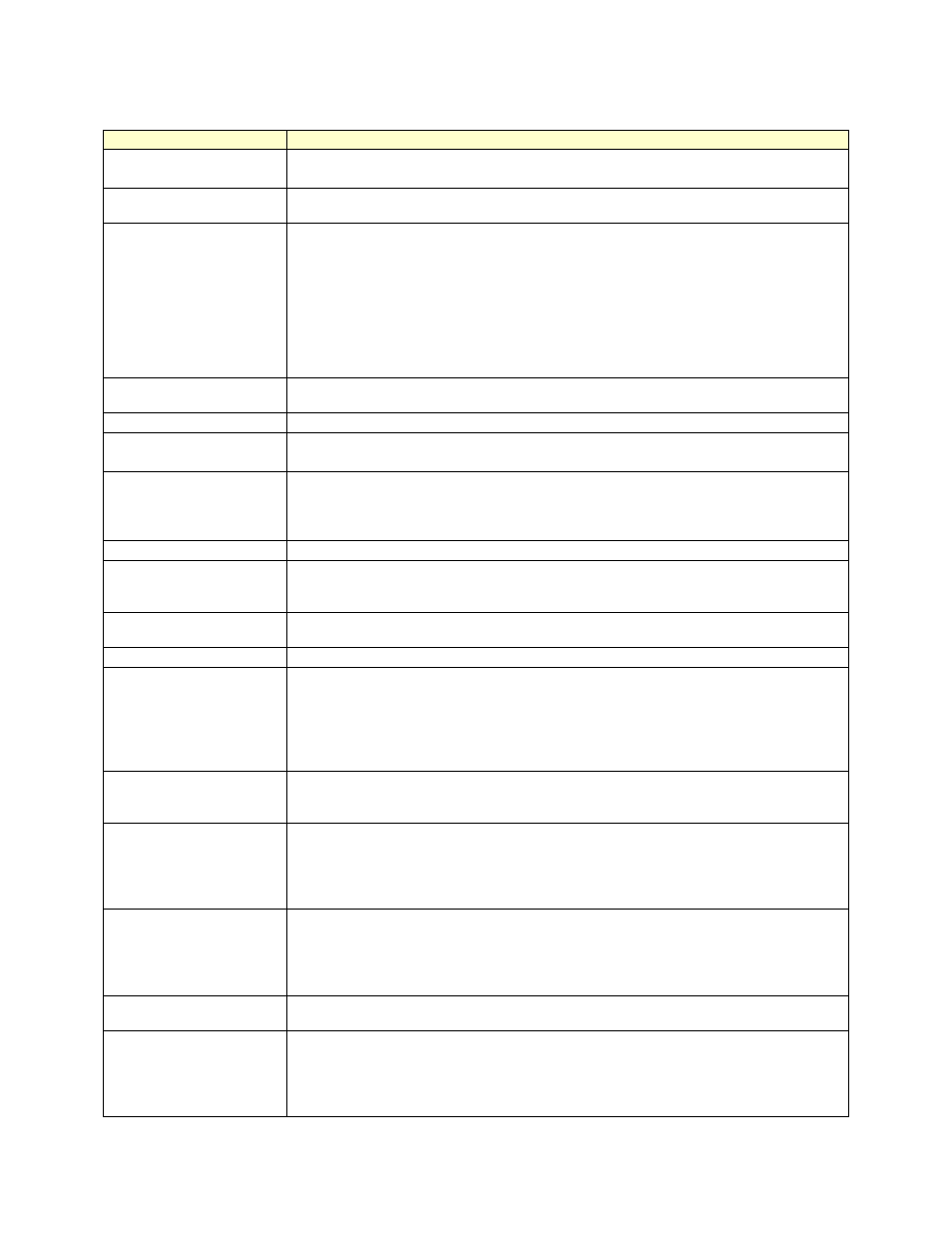Glossary – Retrotec DucTester 200 Series Residential Applications User Manual
Page 90

Page 90 of 91
©Retrotec Inc. 2015
Glossary
Term
Definition
ACH50
or ACH @ 50 Pa
Designation for “Air Changes at 50 Pa.” Can be calculated by taking CFM50 x 60 minutes/ hour,
and dividing by the house volume
Aluminum Frame
Describes a frame over which cloth is stretched to provide a Door Panel closure for air leakage
testing in buildings
Baseline pressure
Pressure that exists when the enclosure has been prepared for the test, but before the fan is
activated. There is always some Baseline pressure due to stack, wind, flues and active HVAC
systems. There are two components of Baseline pressure. A fixed Baseline offset (usually due
to stack or HVAC) and a fluctuating pressure (usually due to wind or elevator operation). A
method determining Baseline pressure is by having a digital gauge accumulate readings over an
adjustable time period
(Note: The terms “static pressure”, “bias pressure,” and “zero Fan Pressure difference” are
used interchangeably with the term Baseline Pressure in other documents/standards used in
the industry.)
Blower
The Retrotec fan unit that induces air flow and provides a Fan Pressure signal from which flow
is measured.
CFM
Units: Cubic feet per minute (the units of volumetric flow)
CFM50
or CFM @ 50 Pa
CFM @ 50 Pa is the flow rate, in cubic feet per minute, required to depressurize/pressurize the
building to 50 Pascals.
Conditioned Space
An area or volume that is normally air-conditioned or heated (i.e., inside the thermal
envelope). Even though supply ducts may not discharge directly into these spaces, they are
considered “conditioned” if their temperature follows indoor temperature closer than outdoor.
(e.g., Any space maintained above 50°F in winter and below 80°F in summer)
Control port
Ethernet port on a Retrotec fan, labeled “Control”
Depressurization
The process of creating a negative pressure in the enclosure by blowing air out of it. Air is
drawn in from outside to replace it, showing up as “geysers” when checked with an air current
tester.
digital gauge
A gauge with an electronic pressure sensor and digital display that is capable of reading in
tenths of a Pascal.
DOE
U.S. Department of Energy
Blower Door
A test instrument that fits into an open doorway in order to pressurize or depressurize an
enclosure. It includes a calibrated fan and pressure gauge capable of measuring air-flow, and is
used while mounting it into a doorway.
A Blower Door is often called a “Door Fan” or an “Infiltrometer™”. The term “Door Fan” is
more descriptive than the common term “blower door”, since the apparatus is a “fan” in a
door, and since it does not use a “blower.”
Door Panel
A solid or flexible panel used to temporarily seal off a door way while allowing for the
installation of a fan for the purpose of blowing air into the building in order to measure the air
leakage rate or to provide a pressure to assist in the location of air leaks.
effective leakage area
A common term used to describe air flow at a pressure by equating it to an equivalent size hole
in an elliptical nozzle that would pass the same air flow at the same test pressure. It is usually
referenced to 4 Pa and incorporates a 1.0 discharge coefficient. It is typically about half the
size of an equivalent leakage area that describes the same air flow rate. See ASTM E779-10, eq.
(5).
enclosure
The surface bounding a volume, which is connected to outdoors directly. For example an
apartment whose only access to outdoors was through a doorway that leads directly outdoors.
If a building contains a series of apartments or offices whose only access to the outdoors is
through a common hallway then the enclosure would be the volume that bounds all of the
apartments or offices.
Envelope
The surfaces composed of floor and walls and floors that separate the test volume from volume
surrounding the test volume. Also see ”enclosure”
Equivalent Leakage Area
(ELA or EqLA)
In layman’s terms, the ELA is the size of hole we’d have if all the building’s cracks and holes
could somehow be brought together. Also called: Whole Room Leakage and includes leaks
through the ceiling and below the ceiling (BCLA).
In Engineer’s terms: the equivalent size of hole required in a flat plate to give the same flow
rate having a discharge coefficient of 0.61 and taken at the Reference Pressure.
